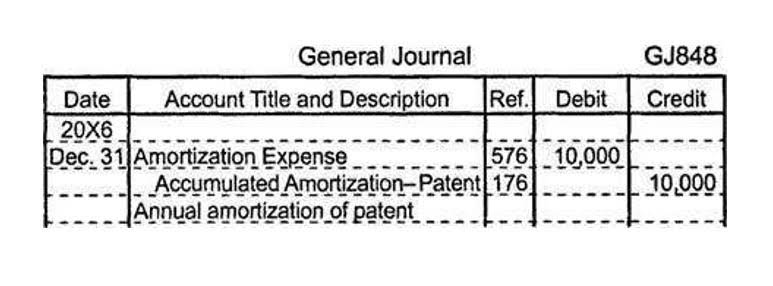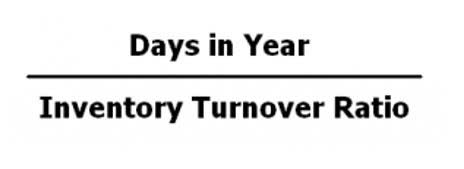
It can also help you track trends over time, so you can make adjustments as needed. However, income tax departments insist that Online Accounting tax should be paid during the previous year itself on the estimated income to be earned on the principle of pay as you earn. This article explores the key drivers behind changes in working capital and their implications for businesses striving to maintain financial stability and sustainable growth.

Not All Companies Are the Same
A company’s growth rate can affect its change in net working capital requirements. As the company grows, it may need to invest more in its working capital to support increased production or inventory levels, resulting in a higher net working capital requirement. Conversely, if a company is not growing, it may not need as much working capital and may experience a decrease in net working capital requirements. The change in net working capital refers to the difference between the net working capital of a company in two consecutive periods.
- 11 Financial may only transact business in those states in which it is registered, or qualifies for an exemption or exclusion from registration requirements.
- If the change in NWC is positive, the company collects and holds onto cash earlier.
- Negative NWC suggests potential liquidity issues, requiring more external financing.
- SoFi has no control over the content, products or services offered nor the security or privacy of information transmitted to others via their website.
- For instance, suppose a retail company experiences an increase in sales, resulting in higher accounts receivable (A/R) due to credit sales.
- Read on to learn what causes a change in working capital, how to to calculate changes in working capital, and what these changes can tell you about your business.
Current Assets
- As a result, the company’s net working capital increases, reflecting improved liquidity and financial strength.
- This is why a well-calculated WCR is an essential piece of data for your business plan.
- If the change in working capital is negative, it means that the change in the current operating liabilities has increased more than the current operating assets.
- The statement of changes in working capital can be used to help you identify areas where your company may be struggling financially.
- This situation is often temporary and arises when a business makes significant investments, such as purchasing additional stock, new products, or equipment.
- Working capital is critical to gauge a company’s short-term health, liquidity, and operational efficiency.
The higher the ratio, the greater a company’s short-term liquidity and its ability to pay its short-term liabilities and debt commitments. Yes, working capital can be zero if a company’s current assets match its current liabilities. While this doesn’t always indicate financial health, businesses should manage their working capital carefully to have adequate liquidity and meet short-term obligations.
Incremental Net Working Capital Formula (NWC)
Too large a gap between cash inflow and cash outflow must be anticipated to avoid any complications that could, in extreme cases, lead to bankruptcy. Depending on the state where your business is located and other attributes of your business and the loan, your business loan may be issued by a member of the OnDeck family of companies or by Celtic Bank. The formula to calculate the incremental change in net working capital (NWC) divides the change in net working capital (NWC) by the change in revenue.

Working capital is a snapshot of a company’s current financial condition—its ability to pay its current financial obligations. Cash flow looks at all income and expenses coming in and out of the company over a specified time period, providing you with the big picture of inflows and outflows. If the Net Working capital increases, we can conclude that the company’s liquidity is increasing. It could indicate that the company can utilize change in net working capital its existing resources better. Some companies have negative working capital, and some have positive, as we have seen in the above two examples of Microsoft and Walmart.
What happens if my working capital ratio is too low?
Suppose we’re tasked with calculating the incremental net working capital (NWC) of a company, given the following historical data. We’ll now move to a modeling exercise, which you can access by filling out the form below. Briefly, an increase in net working capital Bookkeeping for Chiropractors (NWC) is an outflow of cash, while a decrease in net working capital (NWC) is an inflow of cash.
Would you prefer to work with a financial professional remotely or in-person?
- Even a profitable business can face bankruptcy if it lacks the cash to pay its bills.
- Even companies with cash surpluses need to manage working capital to ensure that those surpluses are invested in ways that will generate suitable returns for investors.
- While A/R and inventory are frequently considered to be highly liquid assets to creditors, uncollectible A/R will NOT be converted into cash.
- What was once a long-term liability, such as a 10-year loan, becomes a current liability in the ninth year, when the repayment deadline is less than a year away.
- Imagine if Exxon borrowed an additional $20 billion in long-term debt, boosting the current amount of $40.6 billion to $60.6 billion.
For instance, suppose a retail company experiences an increase in sales, resulting in higher accounts receivable (A/R) due to credit sales. At the same time, the company effectively manages its inventory levels and negotiates favorable payment terms with suppliers, resulting in slower growth in accounts payable (A/P). As a result, the company’s net working capital increases, reflecting improved liquidity and financial strength.

How to Optimize Working Capital Management
Another interesting step may be to calculate your company’s days working capital (DWC). In this blog, we’ll break down the concept of working capital, explore its significance in assessing a company’s finances and provide different formulas you can use to calculate it. Companies still need to focus on sales growth, cost control, and other measures to improve their bottom line.

What Is the Relationship Between Working Capital and Cash Flow?
If your business works with suppliers, another helpful metric to know is your working capital requirement. This is the amount of money you need to buy goods or raw materials from suppliers and either hold them as inventory or use them for manufacturing in order to sell to customers. The Net Working Capital Formula and the Working Capital Ratio Formula are the easiest ways to determine whether your business has the cash flow necessary to meet your debt and operational demands over the next year.
